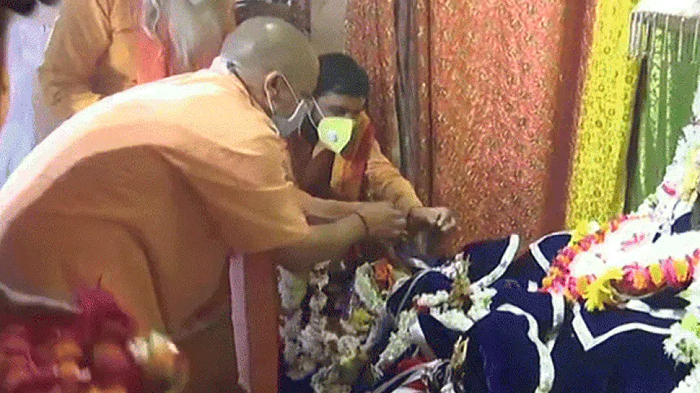
Ahead of the grand foundation stone-laying ceremony of the Ram Temple on August 5, Ayodhya priest and 16 police personnel, involved in the mega event on August 5, have tested positive for COVID-19. Priest Pradeep Das is one of the four priests who regularly perform puja at the Ram Temple site in Ayodhya.
Das has been placed under home quarantine and contact tracing is underway, reported.
Meanwhile, Uttar Pradesh police and Sashastra Seema Bal have been put on high alert in the districts bordering Nepal ahead of Prime Minister Narendra Modi's visit to Ayodhya on August 5.
PM Modi likely to launch postal stamps on Ram Temple, Ramayana during Ayodhya visit: Report
Counterfeit products create Rs 1-lakh-crore hole in economy, incidents up 24% in 2019: Report
On July 29, Uttar Pradesh reported a record single-day spike of 3,570 COVID-19 cases, taking the infection tally to more than 77,000, while 33 fresh fatalities pushed the death toll to 1,530.
"There are 29,997 active COVID-19 cases in the state and 45,807 patients have been discharged after treatment," Additional Chief Secretary, Medical and Health, Amit Mohan Prasad told reporters. "The death toll due to the disease has reached 1,530," he said.





Comments
Add new comment